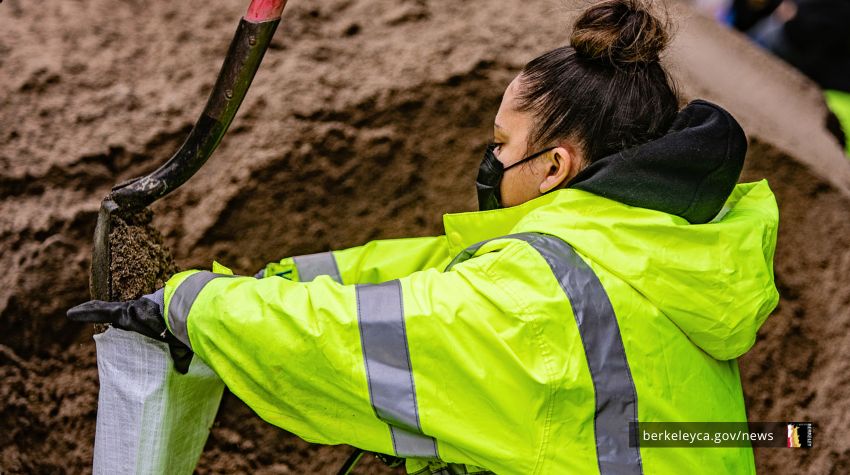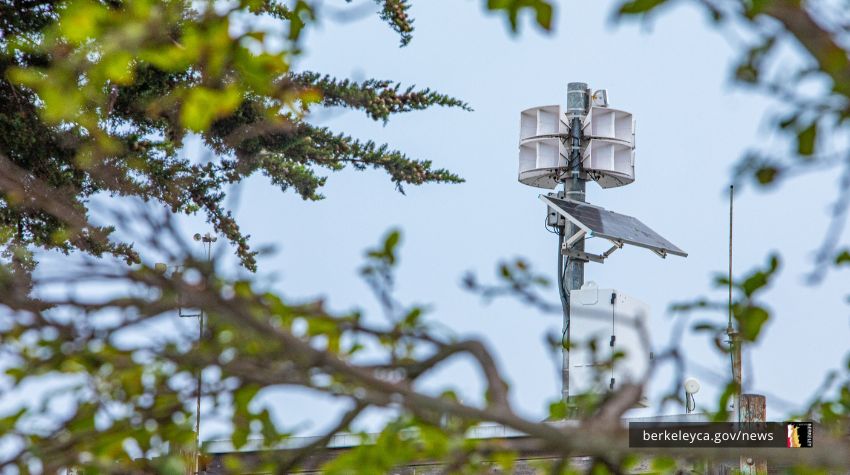Build a Disaster Supply Kit
Be prepared to stay or leave in an emergency with an easily assembled disaster supply kit.
Build your own household disaster kit by gathering emergency supplies. A good rule of thumb is to have supplies for about 3 days, or 72 hours. You’ll be surprised at how much you already have.
In a disaster situation, you should be ready to stay or go.
Stay
Here’s what you will need when you have to stay in place.
Essentials
Water
Everyone enjoys a tall drink of water. Stay hydrated by storing one gallon per person, per day.
First aid kit
You might need to be able to patch up small scrapes until help arrives. Keep a first aid kit on hand.
Flashlight and extra batteries
Candles are great for ambience, but a good flashlight gives you freedom to navigate if the power is out.
Fire extinguisher
You didn’t start the fire. But you can help extinguish it. Stash a fire extinguisher with your supplies so that you can stay safe.
Manual can opener
Just like camping, in an emergency an old-fashioned can opener is just the ticket. Impress your friends with your canned culinary choices.
Non-perishable food
Next time you’re at the grocery store, add extra shelf-stable foods—that you like to eat—to your basket. We recommend at least 3 days of food per person.
Useful
These items represent things that many people want in an emergency—but don’t always think of. Stash them away, and you’ll get through the first 72 hours more easily.
Warm clothes and sturdy shoes
You never know when an emergency might happen—or what you might (or might not) be wearing. Be ready for the elements by setting aside warm clothes and walking shoes.
Radio (battery-operated or hand-crank)
Feeling safe starts with knowing what’s going on—so tune into the radio. Check 1610 AM for updates from the City of Berkeley —and your favorite radio station to pass the time.
Cash
In an emergency, credit cards might not work, and cash becomes important. Protect your purchasing power by stashing small bills.
Sleeping bag or blankets
Keeping warm is crucial. Blankets and sleeping bags will help you stay snug, even if the power goes out.
Cell phone charger (battery-operated or car plug-in)
A battery-operated phone charger, or one that plugs into your car, will help you stay informed, take photos, and communicate in an emergency.
Tools
A basic toolkit with items like a hammer and duct tape will help you turn off the gas, repair broken windows, or board up your home.
Personal
In addition to the standard supplies, certain things will help you—and only you—manage during an emergency. Set aside a few items that will give you and your family extra comfort.
Prescriptions
Plan for your personal health. Keep a 3-day dose of any medicine you take on a regular basis, in case the pharmacy is closed.
Sweet (or salty) treats
What non-perishable comfort food would lift your spirits? A supply of chocolate, dried fruit, or nuts with your emergency snacks might make you smile, and help you make friends.
Personal hygiene and sanitation items
Toilet paper, feminine supplies, hand sanitizer, a toothbrush, soap, unscented bleach, and heavy-duty garbage bags are a good place to start.
Personal documents
Upload copies of your driver’s license, passport, leases, titles, and contact list to the cloud. Protect your assets by going digital. Or make photocopies.
Children’s toys and games
What unique items would make your family feel better in an emergency? Favorite games? Special toys? Little things can make a big difference.
Pet items
Don’t forget to store dog food, toys, or extra water for your pets. See our Pet Preparedness brochure for more ideas.
Supplies for coming together
Emergencies are opportunities to come together and support those around you. Sharing a meal, book, or phone charger is even more meaningful in the days after an emergency. What items would you share with friends and neighbors? Some ideas:
- Grill
- Board games
- Wine
Download the Emergency supply checklist in English or Spanish.
Go
In some emergency situations, you may have to leave instead of staying in place. Even if you generally don’t have to leave after an earthquake, you may need to evacuate if you are in the path of an oncoming fire. Your go-bag should have:
- Flashlight/headlamp
- Local map with walking paths
- Water, snacks
- Important documents
- Emergency blanket
- Cash
- Portable radio and batteries
- Sturdy shoes and socks
- Whistle
- Change of clothing
- Add last minute: Wallet, cell phone
Check out the go-bag section of the Wildfire Evacuation Checklist—which is also available in large print.
Remember that you should be able to carry your go-bag because you might need to evacuate on foot.
Contents adapted from the San Francisco Department of Emergency Management’s sf72.org website.
Related Documents
News



